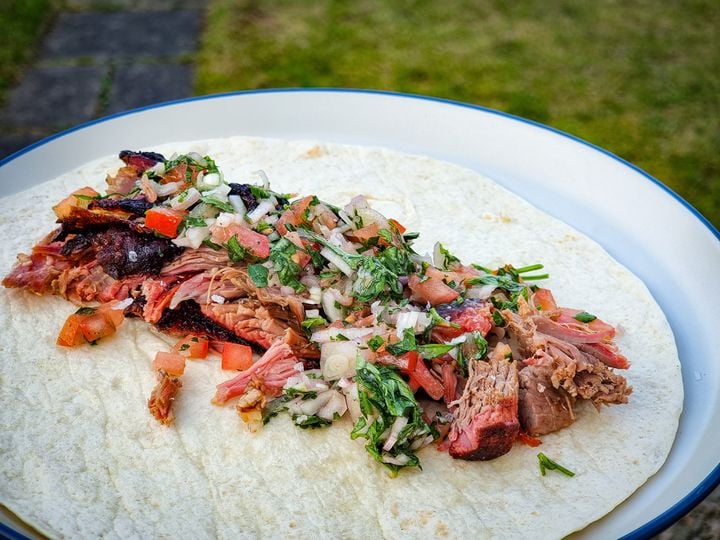Cancer is an increasing public health concern in Canada and worldwide, and scientists across disciplines are searching for ways to improve treatment options, making them safer and more efficient. One of the major challenges in this process is how to target and destroy tumours without damaging healthy cells. At Queen’s Carbon to Metal Coating Institute (C2MCI), a group of chemists and biophysicists has been working on an innovative approach to cancer therapy using light and very small clusters of gold atoms – and they have started publishing some promising results.
Gold nanoclusters are usually made of less than 100 gold atoms and measure less than two nanometres in diameter (for comparison, a regular sheet of paper is about 100,000 nanometres thick). Over the past few decades, there’s been some excitement about gold nanoclusters in the scientific community because of their potential for both diagnostic and therapeutic applications. In photodynamic cancer therapies, a photosensitive drug is administered to patients and gets into the cells.

Then, when activated by light, the drug destroys the targeted tissue. But one of the challenges in developing these types of therapies is making sure that the treatment destroys cancerous cells, while leaving the healthy ones intact. An ideal drug would enter the organism, get to the targeted cells, and leave without causing damages to the body.
Gold nanoclusters are proving to be promising candidates for all that..
Health
%20(1)_0.jpeg)
Sparkling results in nanoscience
%20(1)_0.jpeg)
New research from Queen’s Carbon to Metal Coating Institute could lead to the use of tiny structures of gold to deliver precise cancer treatment.















